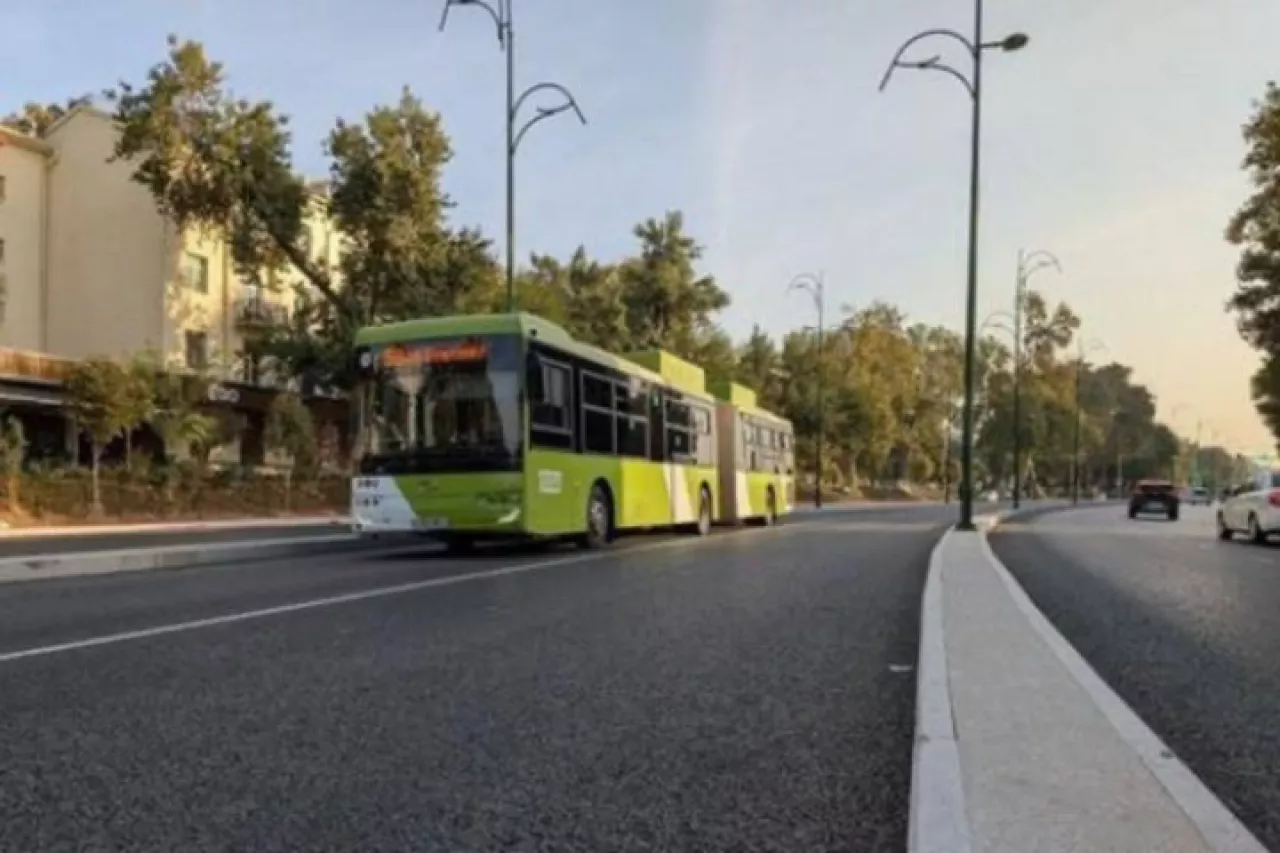
The introduction of the BRT system in Tashkent has led to significant changes in public transport. According to data presented by President Shavkat Mirziyoyev, this system has increased passenger flow from 2,500 to 6,000 people, while the speed of vehicles has risen from 23 km/h to 30 km/h.
However, experts assess this success as only partial. Urbanists and traffic experts note that the current form of the BRT system is unable to resolve many existing issues.
In recent years, there have been positive changes in Tashkent's transport system: old buses have been removed, new metro stations have been built, buses have been equipped with air conditioners, and an online monitoring system has been introduced. Nevertheless, the main problems remain unaddressed.
When new roads and road corridors are designed, the infrastructure for public transport is neglected. Bus lanes along BRT routes are not operating efficiently due to incorrect parking by private vehicles.
As a result of “optimization” of routes in 2020-2021, the metro system is now operating at excessive capacity. The bus fleet has been modernized and expanded, including the purchase of 1,000 new buses in 2024.
Electric buses have also become an important part of the transport system. However, a long-term development strategy for the city’s transport system is still lacking.
After the introduction of the BRT system, left turns and U-turns were canceled, but in practice, most people ignore these rules. The road safety service is being criticized for turning a blind eye to such situations.
According to experts, the BRT system cannot fully replace the dismantled tram lines. Projections suggest that in 10 years, a tram system will need to be rebuilt in place of the BRT routes.
Additionally, the problem of integration and connectivity between types of transport remains urgent. For example, there is a paid passageway between the “Kipchak” and “Chinor” metro stations, which inconveniences passengers.
The behavior of bus drivers is also being discussed: although they are no longer rude to passengers, cases of them ignoring passengers are still often observed. Experts positively assess the Uzbek government's approach to viewing public transport as a social service.
The abolition of cash payments has helped bring the transport system out of the shadows. However, attracting private companies to provide transportation services is still underdeveloped.
There are only two private carriers in Tashkent, covering just three routes. The passenger feedback system does not meet requirements.
As a result, reforms in the transport sector are being implemented without considering the needs of passengers. Since remote work systems are not widespread, it is now essential to address problems in the Tashkent transport system urgently, rather than postponing them.
Read “Zamin” on Telegram!
Ctrl
Enter
Found a mistake?
Select the phrase and press Ctrl+Enter Related news
Information
Users of Меҳмон are not allowed to comment this publication.
Users of Меҳмон are not allowed to comment this publication.













